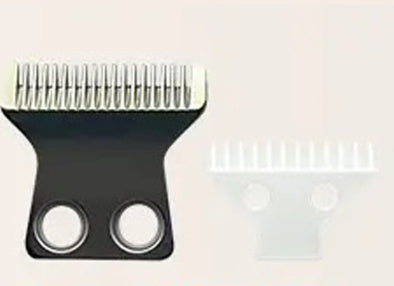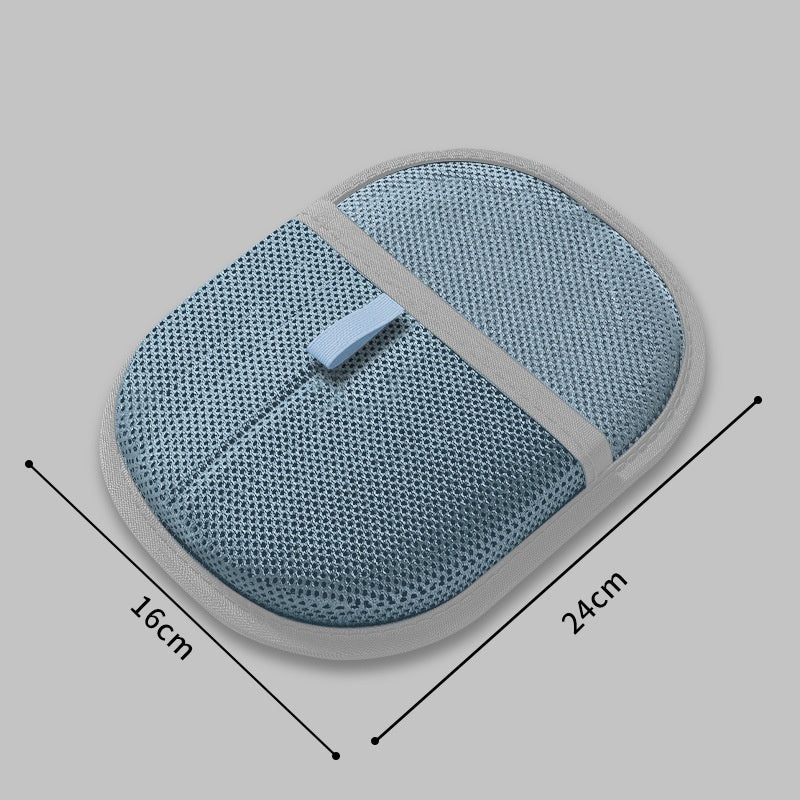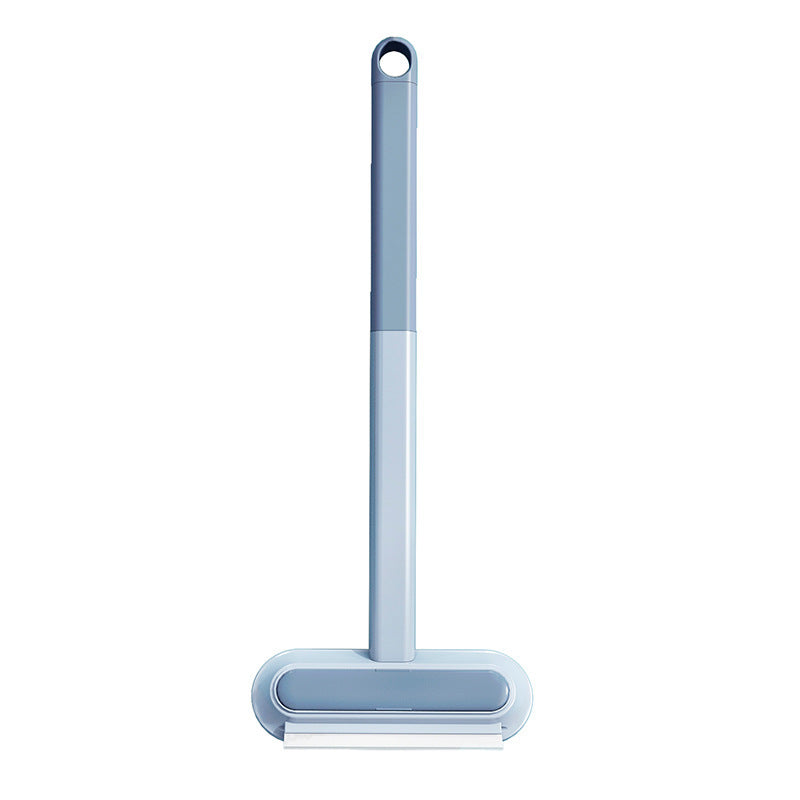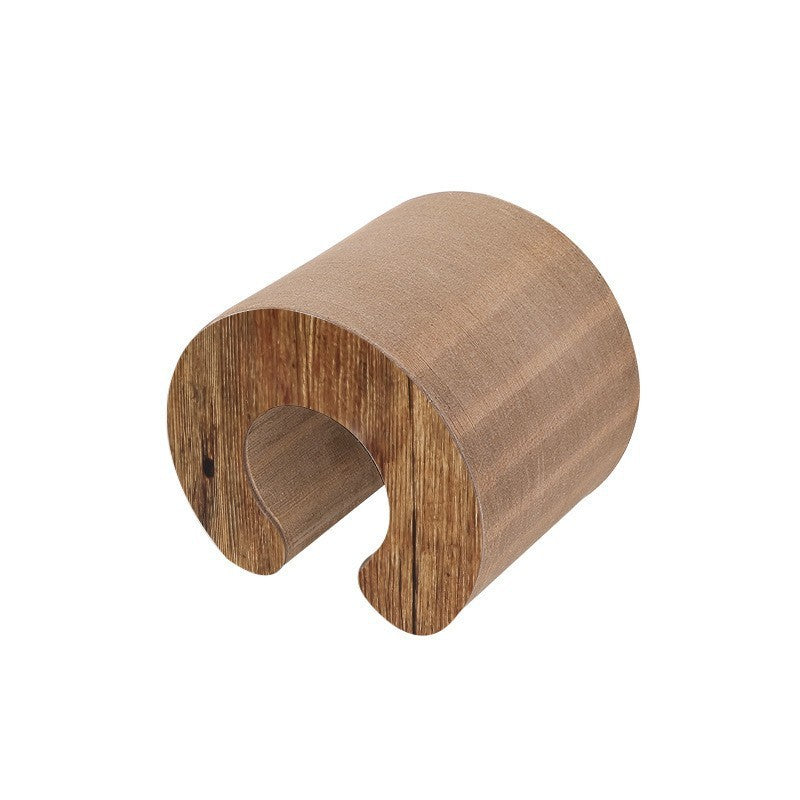Early detection of health issues can significantly impact your cat's quality of life and treatment outcomes. Many common feline health problems develop gradually, making regular monitoring and preventive care essential. Understanding warning signs helps cat owners provide timely intervention and maintain their pet's wellbeing throughout their lives.
Urinary tract issues: Feline lower urinary tract disease (FLUTD) affects cats of all ages but is particularly common in middle-aged, overweight cats. Symptoms include frequent urination attempts, blood in urine, crying while urinating, and urinating outside the litter box. Male cats face higher risks of urethral blockages, which constitute medical emergencies requiring immediate veterinary attention.
Dental disease: Over 70% of cats develop dental problems by age three, including gingivitis, periodontal disease, and tooth resorption. Signs include bad breath, difficulty eating, pawing at the mouth, and visible tartar buildup. Left untreated, dental disease can lead to pain, tooth loss, and systemic infections affecting the heart and kidneys.
Obesity and diabetes: Approximately 60% of cats are overweight or obese, leading to increased risks of diabetes, arthritis, and heart disease. Diabetic cats show increased thirst, frequent urination, weight loss despite increased appetite, and lethargy. Early intervention through diet and exercise can prevent or manage these conditions effectively.
Kidney disease: Chronic kidney disease affects up to 30% of senior cats and develops gradually over years. Early symptoms include increased water consumption, frequent urination, weight loss, and decreased appetite. Regular blood work helps detect kidney problems before symptoms become severe.
RSPCA Australia and the Australian Veterinary Association recommend annual health checks for adult cats and bi-annual examinations for senior cats over seven years. They emphasize the importance of preventive care, including vaccinations, parasite control, and dental maintenance to avoid common health issues.
|
Health Issue |
Early Symptoms |
Prevention |
Urgency Level |
|
Urinary Issues |
Frequent attempts, blood in urine |
Proper hydration, quality diet |
High - especially blocked males |
|
Dental Disease |
Bad breath, difficulty eating |
Regular brushing, dental treats |
Moderate - schedule check-up |
|
Obesity |
Weight gain, reduced activity |
Portion control, exercise |
Moderate - lifestyle changes needed |
|
Kidney Disease |
Increased thirst, frequent urination |
Regular vet checks, quality diet |
High - early detection crucial |
|
Diabetes |
Excessive thirst, weight loss |
Weight management, diet control |
High - requires ongoing management |
Step-by-Step Guide: At-Home Health Monitoring
- Examine eyes for discharge, cloudiness, or redness
- Check ears for odor, discharge, or excessive wax
- Inspect teeth and gums for tartar, redness, or swelling
- Feel for lumps or bumps while petting
- Monitor eating and drinking habits
- Note litter box usage and waste appearance
- Watch for changes in activity level or behavior
- Observe grooming habits and coat condition
- Weigh your cat and record changes
- Check for fleas by examining the base of the tail
- Assess body condition score
- Review any behavioral changes with family members
- Any sudden behavior changes or lethargy
- Difficulty breathing or rapid breathing
- Vomiting or diarrhea lasting more than 24 hours
- Loss of appetite for more than 24 hours


















































































